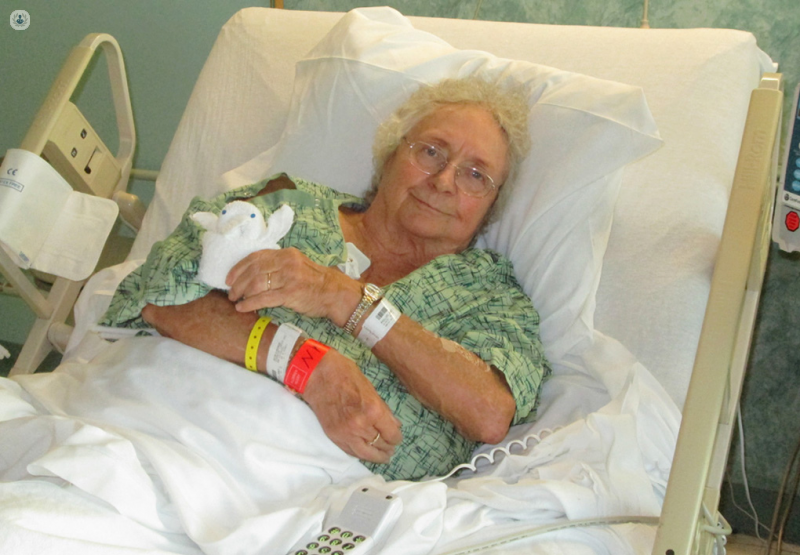Myelodysplastic syndrome
Dr Lalita Banerjee - Haematology
Created on: 03-12-2013
Updated on: 09-20-2023
Edited by: Kate Forristal
What are myelodysplastic syndromes?
Myelodysplastic syndromes (MDS) are a group of cancers in which the stem cells that should go on to form blood cells become abnormal and don’t fully develop, leaving the patient with a deficiency of healthy blood cells.
There are different types of myelodysplastic syndrome, some of which develop slowly, while others are more aggressive. In some people, it can develop into acute myeloid leukaemia (AML).
The World Health Organisation (WHO) lists the following types of myelodysplastic syndrome based on the type of blood cells involved (red, white and platelets):
- MDS with single lineage dysplasia (known as “refractory anaemia” in the past) – the patient does not have enough red blood cells.
- MDS with multilineage dysplasia (known as “refractory cytopenia” in the past) – the patient does not have enough red blood cells, white blood cells or platelets.
- MDS with excess blasts (replacing refractory anaemia with excess blasts) – the patient does not have enough red blood cells, white blood cells or platelets and is at a higher risk of the MDS becoming AML.
There are a number of additional variants.

What are the symptoms?
The symptoms depend on the type of myelodysplastic syndrome. Most patients only have mild symptoms at first and may be symptom-free for years, but the disease slowly gets worse. Symptoms include:
1) Anaemia:
- Weakness
- Tiredness
- Dizziness
- Palpitations
- Shortness of breath
2) Platelet deficiency:
- Bruises
- Frequent bleeding, e.g. nosebleeds
3) White blood cell deficiency:
- Fever
- Frequent infections
Causes of myelodysplastic syndrome
In most cases, the causes of myelodysplastic syndrome are not entirely clear. However, in some cases, it can be related to exposure to radiation or harmful substances that affect the bone marrow, including toxic chemicals, heavy metals (e.g. lead poisoning), and treatments such as chemotherapy and radiotherapy. Risk factors include:
- Smoking
- Age – MDS is most common in adults between 70-80 years old
- Genetics – some rare types of MDS seem to run in families, but with most types, there does not appear to be a connection.
What is the treatment?
The treatment of myelodysplastic syndromes varies depending on the type of MDS that the patient suffers, their age, state of health, and their risk of their MDS transforming into leukaemia. If this risk is low and the patient is in relatively good health, they may not require immediate treatment, with their condition instead being monitored with blood tests.
Treatment aims to manage the symptoms of MDS and return the levels of all types of blood cells to normal. This can be done with:
- Injections of growth factors to increase the number of healthy red or white blood cells
- Blood transfusions
- Medication to remove excess iron from the blood – this may build up after several blood transfusions
- Antibiotics – these can combat infections if the white blood cell count is low
More extreme treatments include:
- Chemotherapy – powerful drugs that destroy the problematic immature cells. They often cause unpleasant side effects
- Bone marrow transplant – this is done after chemotherapy. It replaces the destroyed cancerous cells with healthy stem cells from a donor (usually a close relative). This treatment may even cure MDS, but in other cases the cancer will return. It is intensive and will not be recommended for everyone.






